
🤗 The power of sharing: owning less but enjoying more
Moving to a collaborative society can make the use of raw materials more efficient and local communities independent, improve the use of several products but also foster the best ideas.
Share this story!
The logic of individualism has been dominant in Western capitalist society over the last century.
But it wasn't always like this. For millennia everything had been shared in traditional extended families: from living space between humans and animals, to every material good such as clothes and tools, to raising children or caring for the elderly.
This was a reflection of the natural order itself, as in every ecosystem all living beings are closely linked to others and nothing is considered useless.
This concept of sharing and interdependence has gradually been lost with the advent of industrial development, economic growth, and the linear economy. In a world where everyone can easily buy what is needed for their livelihood, sharing resources is often seen as an unnecessary hassle.
This kind of society has produced many benefits, it's useless to deny it, and has led to great prosperity within a few decades. But can we find something even better?
What if we voluntarily change the rules of the game?

Although no one hopes to return exactly to the lifestyle of centuries ago, some new industrial, organizational and social models, based on sharing and on the evidence of the interdependence of all living beings, offer interesting win-win possibilities.
Sharing raw materials
The main option is that of the Circular Economy, which is actually very linked with sharing. Just think that by creating circular and interdependent supply chains it's possible to start from a single raw material - shared between sectors that are originally separated - to develop products very different from each other, without wasting even a drop.
What does it mean? Gunther Pauli, founder of the Zeri project, in the book Blue Economy presents some efficient ideas and projects.
For example, mushrooms grow by consuming food waste and make a high protein food and are therefore perfect vectors for a circular economy. One of the largest and most waste-producing industries is coffee: about 99.8% of the coffee coming out of a plantation is discarded.
By integrating the two industries, therefore cultivating mushrooms on coffee waste, it's possible to reduce the costs of mushrooms production as well as speed up its processing.
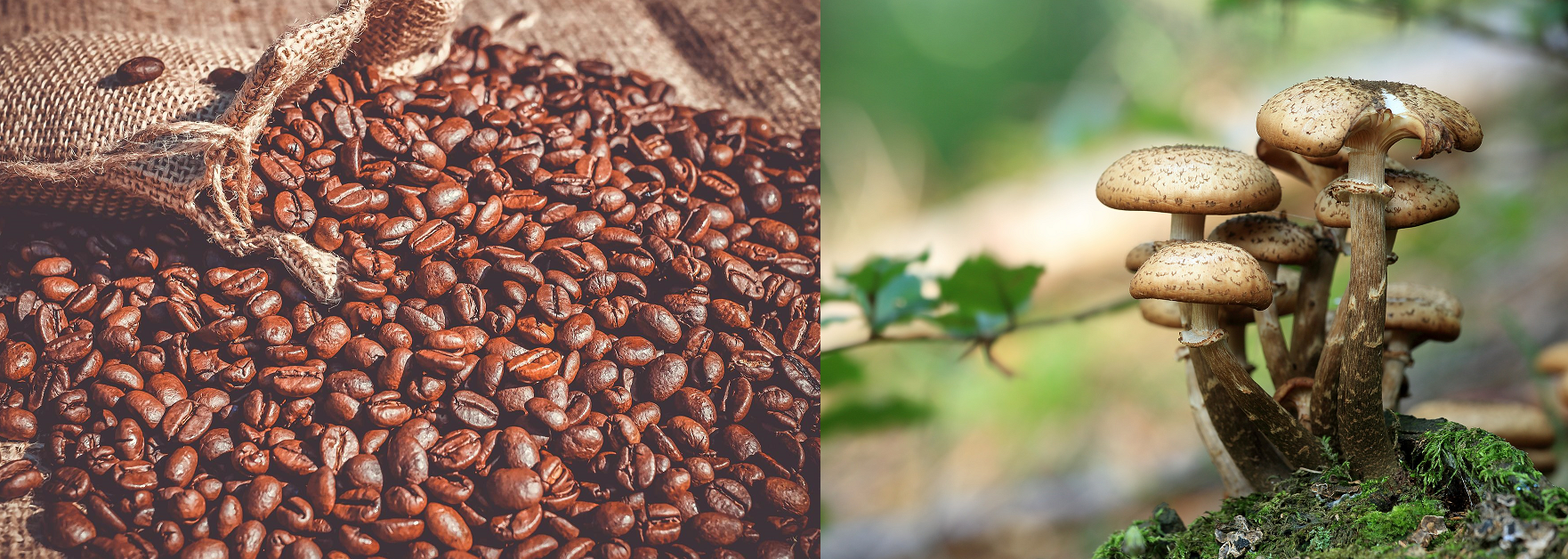
This integrated industrial model translates into:
- a large increase in business by about 15 billion more for the coffee industry if it also integrates the production of mushrooms
- new jobs, estimated at 50 million globally
- lower environmental impact
Let's take tomatoes instead: the tomato skins commonly discarded could be reused in the tomato supply chain itself, in other food industries, but also to produce red pigments for coloring clothes, red lipsticks, and anti-UV sun creams.
Why doesn't this happen commonly? Because taken individually, these tomato-based processes would not be economically convenient. But integrated all together in a production line of tomato-based food, dyes, lipsticks, and UV creams could be overall economically affordable.
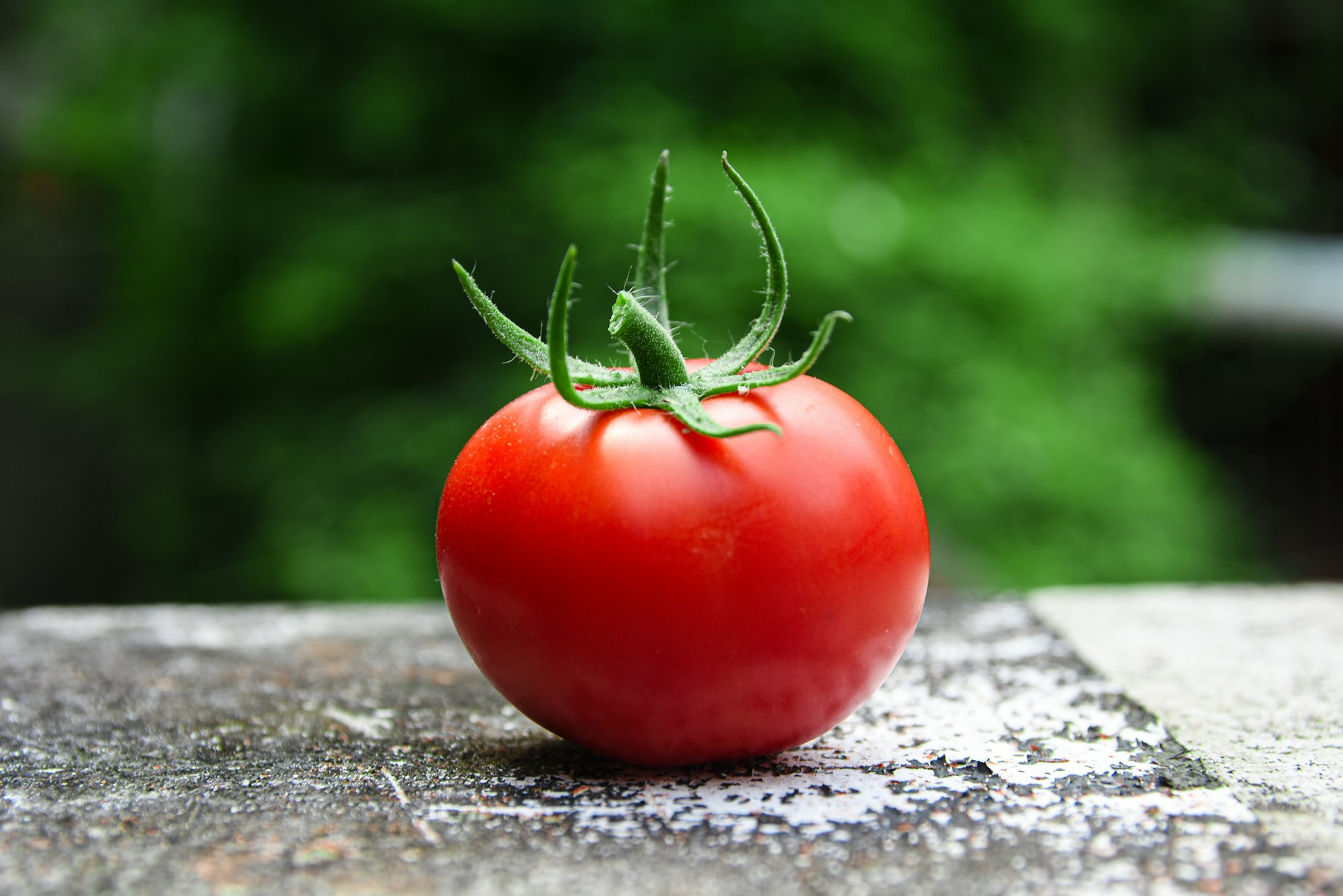
The lesson here is that getting out of the core-business logic, by embracing several market areas that share the same raw materials, could produce multiple benefits.
Sharing resources locally
One branch of the circular economy is called Industrial Symbiosis. It means building large industrial districts where resources are shared locally between various players, creating a large common body, in which:
- materials are managed jointly so that the waste of one becomes a free resource for the other
- heating and cooling cycles of several industries are shared so as not to require energy to operate
- water and electricity are managed by a single network, minimizing losses
- local integrated management makes it possible to exploit the resources present in neighboring industries, even for completely separate supply chains, with zero transport needs
A famous and widely documented example of industrial symbiosis is the Danish district of Kalundborg. Founded in the 1960s, it originally consisted of 6 private partners, including the world's largest insulin producer, Novo Nordisk, the world's largest enzyme producer, Novozymes, northern Europe's largest sewage treatment plant, largest power plant electric power plant, and the largest oil refinery in the Baltic region.
An analysis of Kalundborg flows carried out in 2015 quantified the economic savings for that year at about 24 million euros. The reduction in water consumption is estimated at around 25%. In addition, 5,000 houses receive district heating thanks to district operations.
Although counterintuitive, sharing resources can therefore lead to greater independence for a community at the local level.
Sharing the use of a product
Perhaps it is not immediate to understand, but sharing any product's use is a winning logic. You are entering the world of the real Sharing Economy and the so-called Product-As-A-Service (PAAS).
Many products are already managed with the as-a-service mode through the payment of a fee. Just think of Spotify or Netflix: you don't have any music CDs or DVDs with movies, however, you have an infinite amount of multimedia available through a single platform.
This logic applied to tangible products such as cars can lead even to greater benefits.
Let's think of car-sharing services like Share'nGo. The supplier doesn't sell a material product but a service: hours of driving. The efficiency and maintenance of the car is a responsibility of the supplier, who therefore takes advantage if the car is efficient and always well maintained. Otherwise, it would lose out economically as well as credibility.

But what happens when the manufacturer itself sells a service and not the product?
For example, Ikea is promoting the Circular Hub project to supply furniture by subscription. The big difference here is that the manufacturer remains the owner of his product, so it's much more convenient for them to develop long-lasting products as well as easy to recycle as the contract ends.
Software, cars, furniture, tires, houses (Airbnb), clothes (Rent my wardrobe). All products can be shared efficiently, in order to have fewer properties but better and more comfortable services.
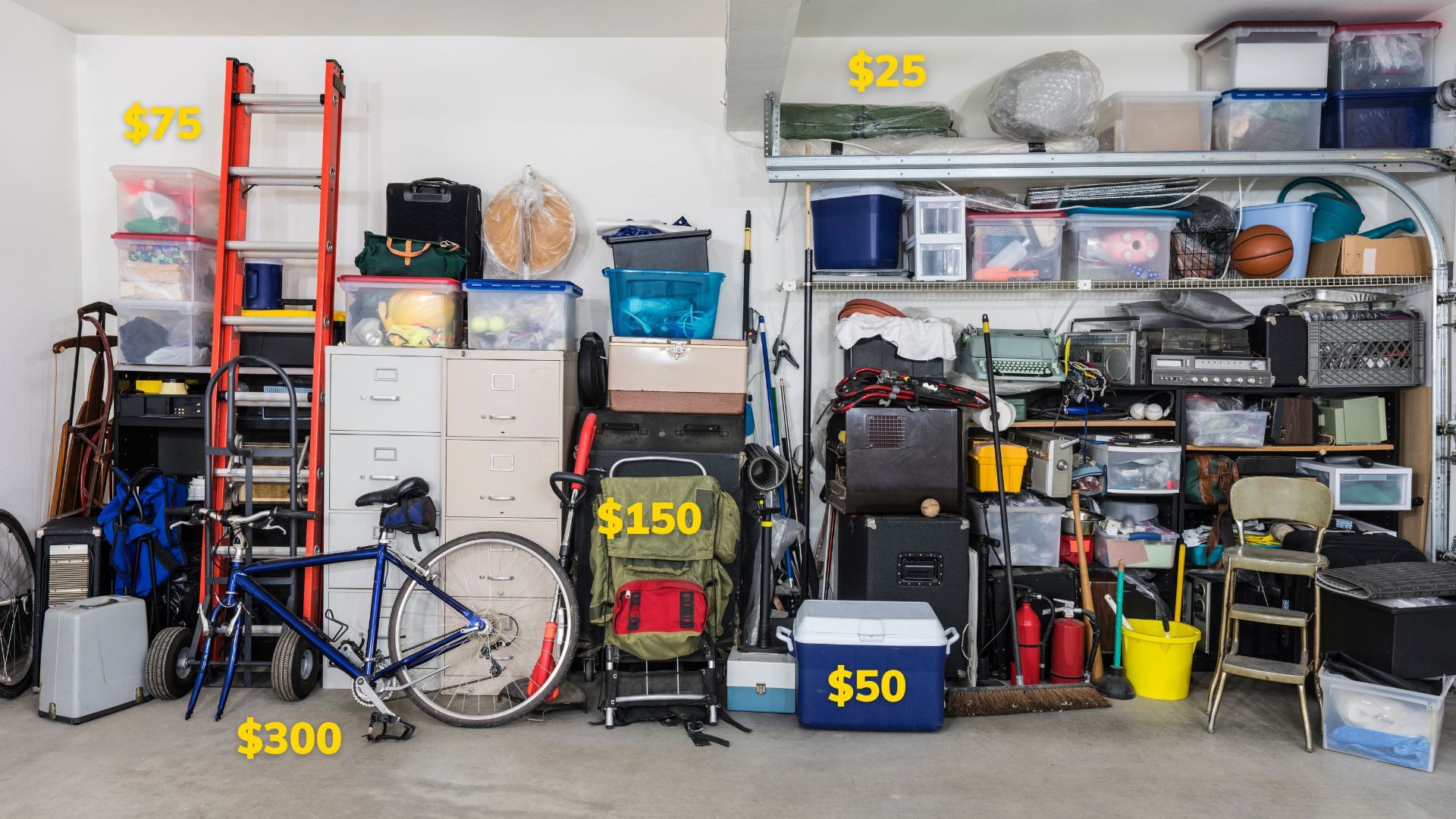
Sharing ideas
Even more complex to accept than sharing materials, waste or products is sharing ideas. Although the world of scientific research is increasingly open to sharing inventions and research, industry works in reverse. Every little innovation is covered by a patent and applied only to a single company.
Far from proposing the abolition of industrial secrecy, many companies are promoting research through Open Innovation. This means sharing product design and development ideas in partnerships with other industries, companies, research centers, users, and consumers.
The simplest examples are open-source software platforms such as Mozilla, where both the product and the source code are freely available to everyone. Another example is Samsung, which employs collaborative research strategies extensively through several ventures, partnerships, and start-ups.
In Local Motors they went further as product development is completely open by means of a co-creation platform, available for engineers, developers, or simple car enthusiasts. You don't even need to be registered to their platform site to see and contribute to the new designs.
Instead of decreasing their earnings, open innovation promotes the further development of companies and projects, focusing on the best ideas and speeding up their translation into a product available on supermarket shelves.
Sharing the benefits
Nature does not think as individuals but as whole ecosystems.
The rules of nature and physics cannot be changed, but those of the economy and of our industry and society can.
To build a more eco-sustainable and comfortable world, to promote social equality but also new business, a good option is to increase sharing and embrace a common vision of the world.
We are not individuals but a species inserted in a deeply interconnected world. It's a fact, and by reasoning according to reality, we can discover so many benefits that we do not even remotely believe possible.
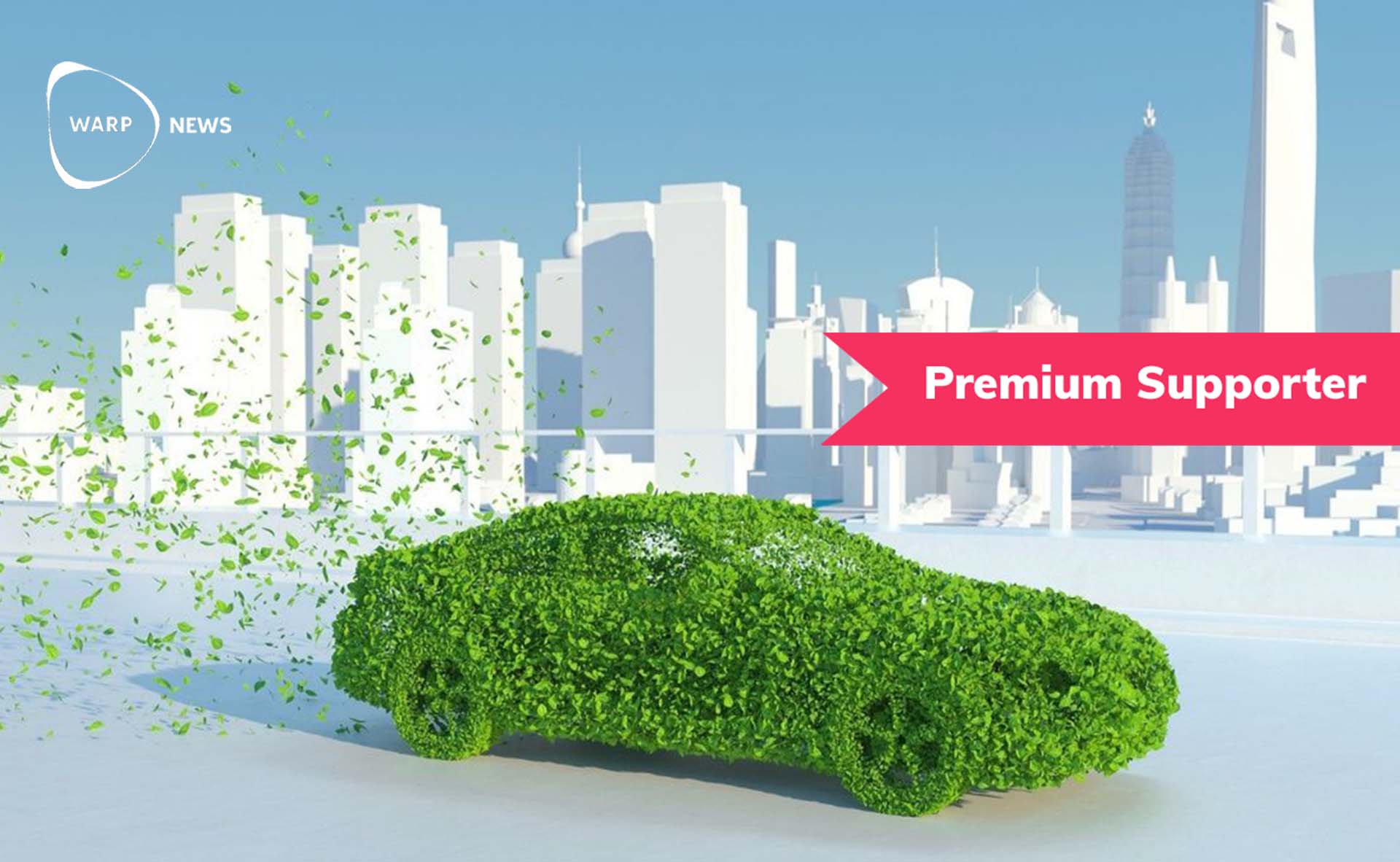
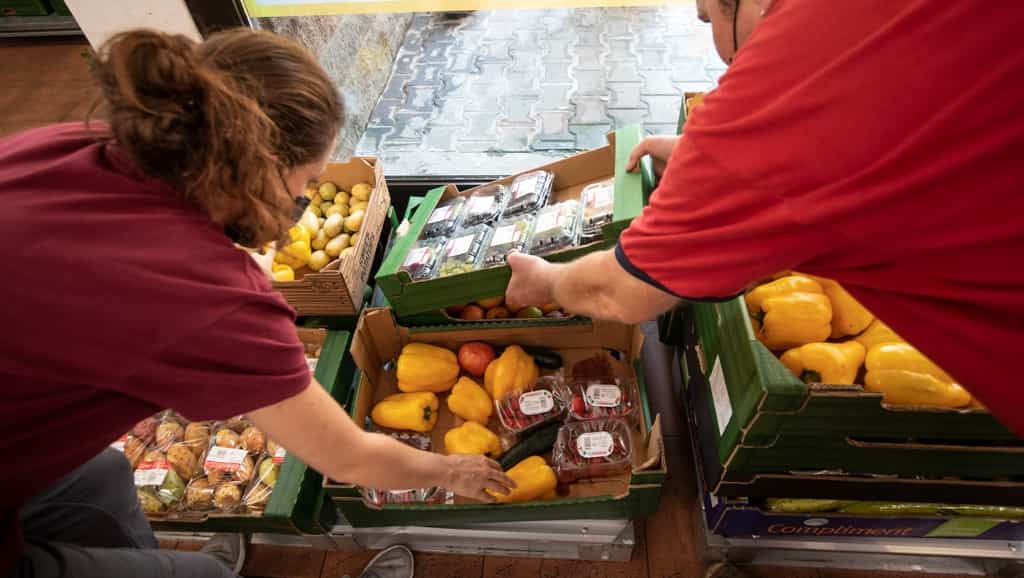
By becoming a premium supporter, you help in the creation and sharing of fact-based optimistic news all over the world.



